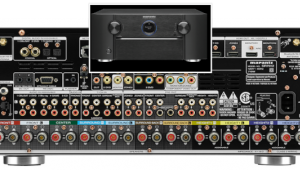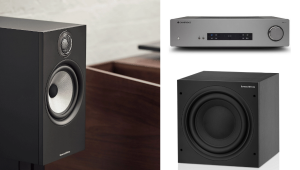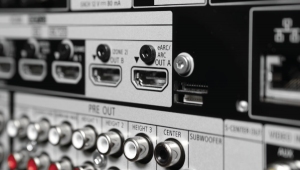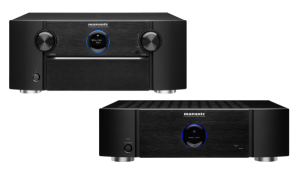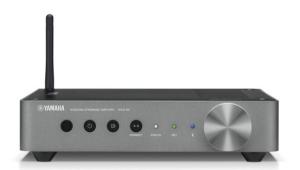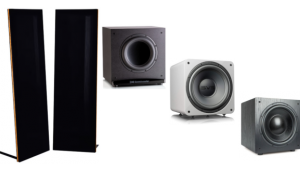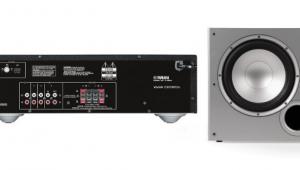What’s the Best Path to Structured Wiring?
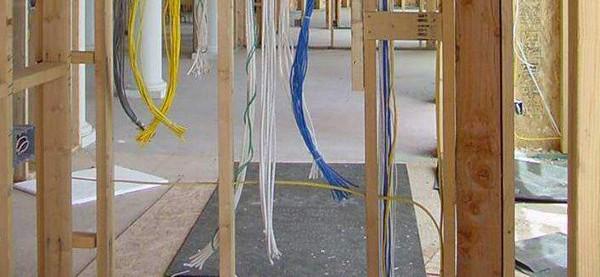
Q I’m considering buying a home where the builder has options for structured wiring. The markup on this option seems a little high (a few hundred dollars to go from 16-gauge to 12-gauge speaker wire, etc.). I know the best time to run wire is during the construction process, but what is the best way to accomplish it: builder, custom installer, or DIY? One major concern is that the exterior walls will have spray-foam insulation, so once that’s in, I’m thinking those walls are hands-off.—Mike Sellers / Tomball, TX
A There’s no reason to not take advantage of a structured wiring option if the builder of your new home provides it. Cutting into walls to run wire after the fact can be complicated and costly—not to mention near-impossible if the walls are insulated with spray foam.
As for the choice between using a builder or a custom installation pro to run cable, keep in mind that your builder is likely to just hire an electrician to do the work. A custom installer, however, would ensure things like audio cables being separated from power cables, which could otherwise add hum and noise to the sound, and perhaps recommend additional HDMI or Cat5e/6 cabling to accommodate long HDTV signal runs, wired Internet feeds, or other future needs a builder will never think about. Visit cedia.org, the website run by the Custom Electronic Design & Installation Association, to find a CEDIA-certified installer in your area.
As for the price difference between 16- and 12-gauge cable, that step-up typically is a pricey one. Your best bet would be to run 16- or 14-gauge cable for whole-house audio, and to limit heavy 12-gauge to the in-wall/in-ceiling speakers in a dedicated home theater room.
